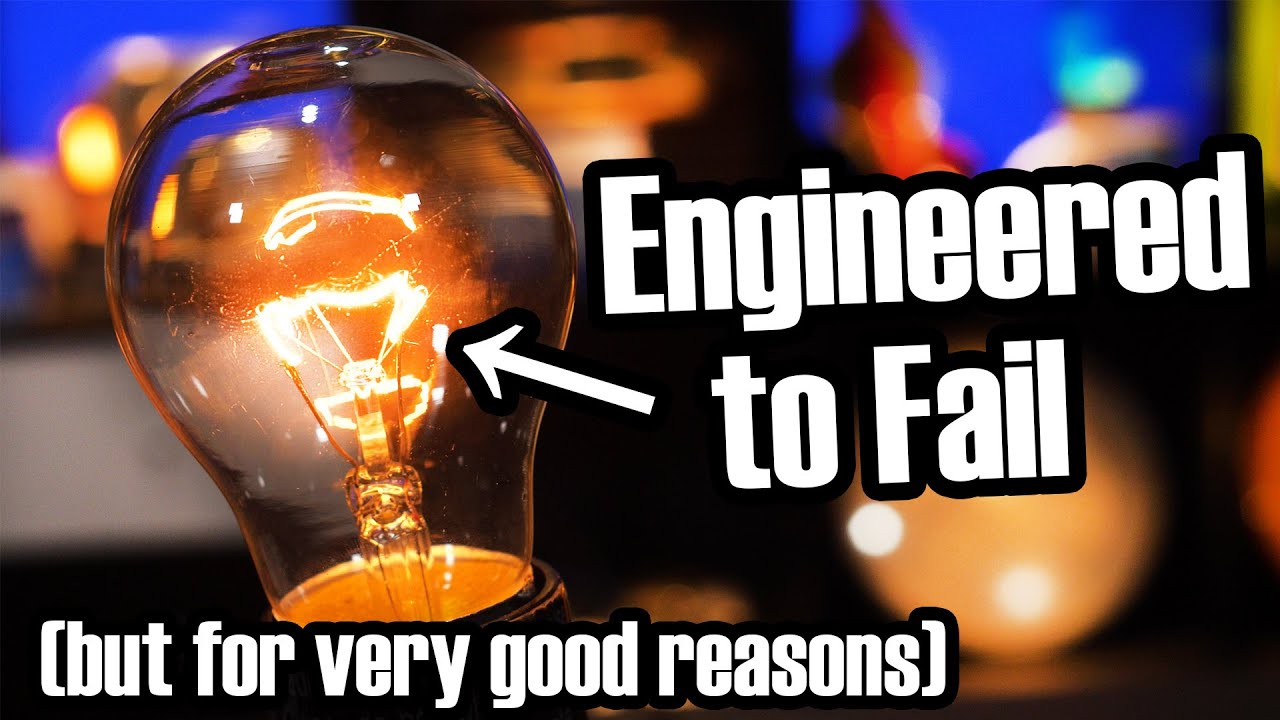In 1925, a group of European and U.S. electrical equipment manufacturers formed the Phœbus Cartel in a meeting in Geneva, Switzerland. Members of the cartel agreed to standardise the design lifetime of incandescent lamps they sold at 1000 hours, with the cartel testing bulbs made by members and fining them if they exceeded this limit. Previously, some manufacturers sold bulbs with a lifetime of 2500 hours, but withdrew them from the market (except for special purpose lighting sold at a higher price). The cartel’s charter envisioned it remaining in operation until 1955, but it broke up in 1939 with the outbreak of World War II.
Nonetheless, after the demise of the cartel, virtually all mass market incandescent bulbs continued to be designed for a lifetime of 1000 hours. Was this an egregious example of greedy manufacturers picking the pockets of their customers through planned obsolescence? Well, not so fast…. A bulb with a shorter lifetime operates at a higher temperature, which produces more light per unit of electricity consumed, and emits whiter light closer to daylight instead of the candle-like yellow cast of the longer-lived bulbs. (This is due to principles of quantum mechanics and thermodynamics, which no amount of clever engineering can evade). Because bulbs were mass produced and thus inexpensive, for most users the additional electricity cost for the longer lived bulbs due to their lower efficiency (or the need to go to a higher wattage bulb to get sufficient light) would far exceed the money saved by replacing bulbs less frequently. You could buy long life (usually 2500 hour) bulbs for installations in locations where replacement was difficult, but few people did.
When I lived near Detroit, the electric utility, Detroit Edison, gave away incandescent light bulbs for free to their customers. You’d just take the dead bulb to an office (the manager’s office at the apartment complex in which I lived did it), and as long as it was stamped with the utility’s logo, they’d give you a new one.
Now that we’ve put incandescent lamps behind us (if you look at the spectrum they emit, they’re more accurately described as “heat bulbs” than “light bulbs”), we have incompetently engineered and shoddily manufactured LED bulbs from China which blow out or turn into disco strobes within 90 days of being installed. Fortunately, some better-design LED bulbs (2022-04-19) are appearing on the market, and you don’t need to live in Dubai to buy them.
The Centennial Light, burning (dimly) since 1901, continues to shine. Here is a list of the longest-lasting light bulbs, including the story of Edison’s “Eternal Light”.
